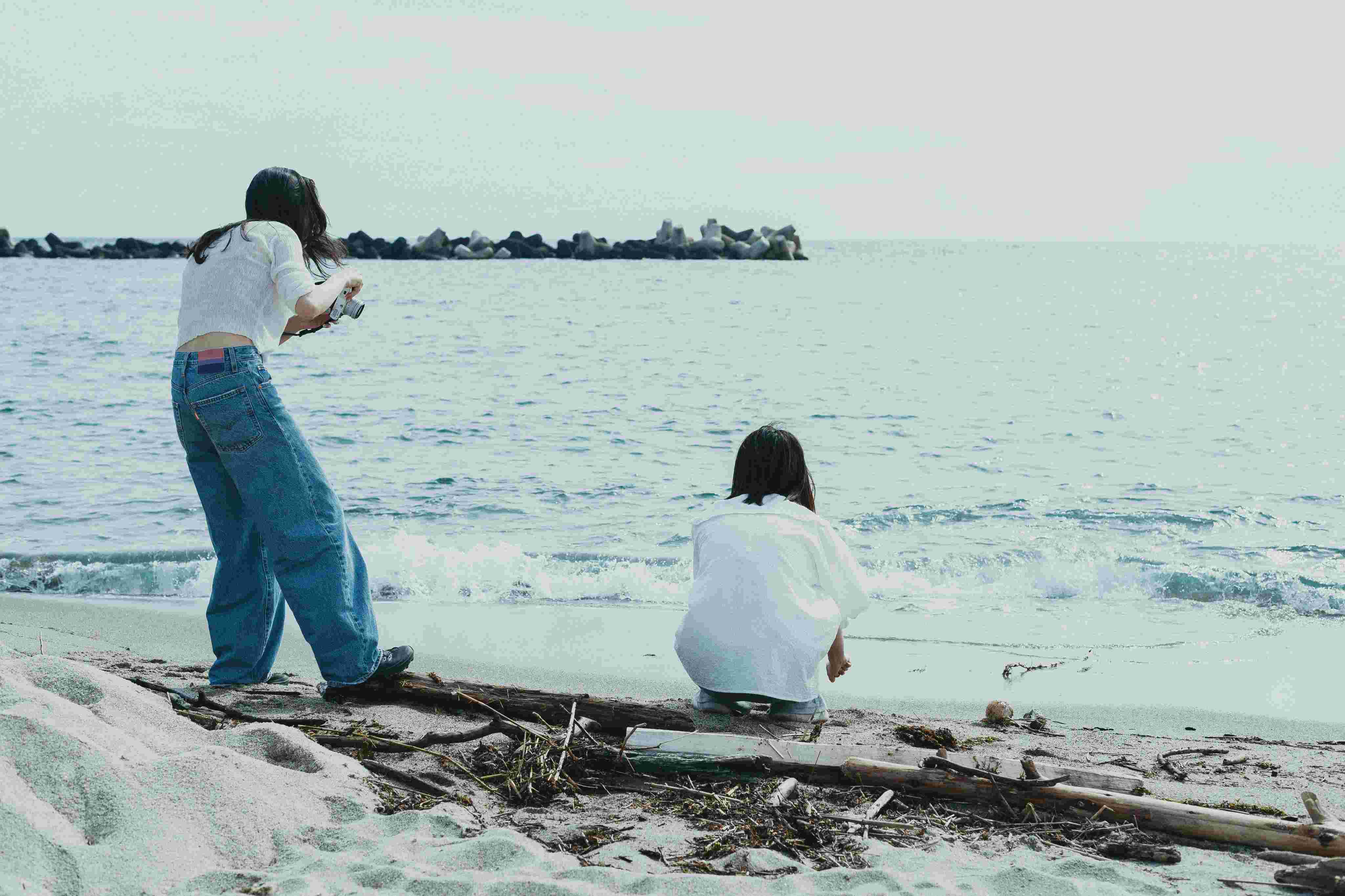The Revival of Barrel-Leg & Wide-Leg Denim: Comfort, Craft, and a New Era of Style
Skinny jeans have finally loosened their grip on our wardrobes. In their place, the barrel-leg and wide-leg silhouettes have swept back into fashion with effortless confidence. This revival isn’t just about nostalgia or aesthetic preference - it reflects a broader shift in how we think about clothing: comfort over constraint, craftsmanship over fast fashion, and responsible denim production over mass output.
From Tight to Tailored: Why the Shift Happened
For over a decade, slim and skinny fits dominated denim. They were streamlined, versatile, and - for a time - felt modern. But as fashion began to evolve post-pandemic, priorities changed. Consumers started asking different questions: How does this feel? How long will it last? Who made it, and under what conditions? These concerns reshaped the way brands design and produce denim.
Barrel-leg and wide-leg jeans offer the perfect answer. Their relaxed silhouettes bring ease of movement and casual sophistication. They nod to the ’70s, the ’90s, and even early Y2K, yet look entirely current when styled with today’s minimalistic tops and structured blazers. In short, they blend vintage inspiration with contemporary comfort.
The Role of Conscious Denim Production
The rebirth of these roomier cuts has also coincided with a transformation in denim production. Traditional denim making - once infamous for its heavy water usage, harsh dyes, and labor-intensive distressing - is being reimagined. Modern mills are embracing laser finishing, ozone washing, and recycled cotton blends to reduce waste and environmental impact.
By championing slower, cleaner production, brands are finding new ways to make wide-leg jeans not only stylish but sustainable. This fits perfectly with the aesthetic of looser silhouettes - they feel natural, breathable, and closer to the fabric’s authentic roots.
For example, labels like Levi’s, Ganni, and Citizens of Humanity are experimenting with organic cotton and eco-friendly indigo dyes, ensuring that the visual appeal of wide-leg jeans aligns with responsible craftsmanship. Even smaller, independent makers are using upcycled fabrics and circular design models to extend denim’s life cycle.
Barrel-Leg vs. Wide-Leg: What’s the Difference?
While both fits fall under the “loose denim” revival, there’s a subtle distinction:
- Barrel-leg jeans taper slightly at the ankle, creating a curved, cocoon-like shape that flatters the leg without clinging. They add volume in the right places and pair beautifully with tucked-in tops or cropped jackets.
- Wide-leg jeans, on the other hand, fall straight from the hip for a classic, elongated silhouette. They evoke effortless confidence and pair well with fitted knits or oversized blazers for that perfect balance.
Both styles cater to comfort, but they also offer creative versatility - something missing in the skinny-jean era. Each cut can easily move between casual and polished looks, proving that loose denim isn’t lazy; it’s luxurious.
Styling the New Wave of Denim
The return of these silhouettes gives everyone - regardless of body type or personal style - more freedom.
Here’s how to wear them in 2025:
- For daytime: pair barrel-leg jeans with loafers and a tucked-in cotton shirt. Add a leather belt for structure.
- For evening: go for dark indigo wide-leg jeans with a fitted tank and heeled boots - a nod to ’90s simplicity.
For creative layering: cropped knits or boxy jackets balance out the volume of the pants, creating a proportionally sleek look.
Accessories matter, too. Minimal gold jewelry, a structured bag, or statement sneakers keep the outfit intentional, not oversized.
The Return to Craftsmanship
The wider-leg movement isn’t just about shape - it’s about returning to the artistry of denim. For decades, denim was made to last: heavy selvedge fabrics, chain-stitched hems, rivets built for endurance. Today, as fast fashion wanes, this attention to quality is making a comeback. Consumers are once again valuing the feel and longevity of well-crafted denim over cheap trend pieces.
This resurgence in appreciation is influencing brands to highlight transparency in their denim production. Knowing where cotton is sourced, how water is recycled, and which hands sew the seams has become part of the product’s appeal. In other words, we’re buying the story as much as the jeans themselves.
Cultural Context: Why It Resonates Now
There’s also a cultural layer to this denim renaissance. The 2020s have been marked by uncertainty, nostalgia, and a longing for authenticity. Loose denim feels human - comfortable, imperfect, and expressive. It rejects the rigid, image-driven perfectionism that defined much of the 2010s.
Wider silhouettes move with us - they don’t restrict or conform. They symbolize freedom: from discomfort, from trend pressure, and from disposable fashion.
Social media, too, has played its part. Influencers, stylists, and street photographers have embraced the drama of wide denim, showing how it can look tailored, feminine, or genderless depending on styling. The hashtag #WideLegDenim currently dominates fashion feeds, proving this trend has transcended generational divides.
Parting Thoughts
Looking ahead, the revival of barrel-leg and wide-leg denim is more than just another fashion cycle. It signals a deeper transformation: a shift toward self-expression, ethical awareness, and appreciation for the artistry behind the seams.
As brands continue innovating in denim production - making it cleaner, smarter, and more sustainable -these silhouettes represent not just comfort, but conscience. Wide-leg denim isn’t just a trend; it’s a blueprint for where fashion is headed: looser, freer, and far more thoughtful.



